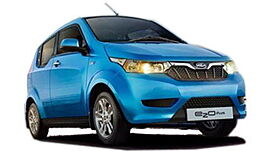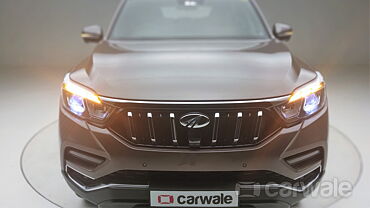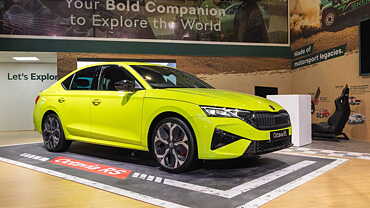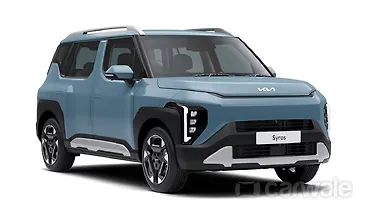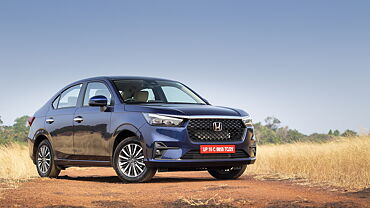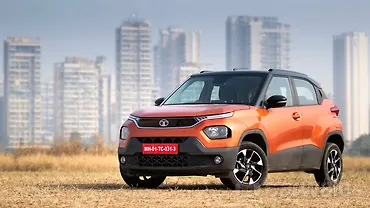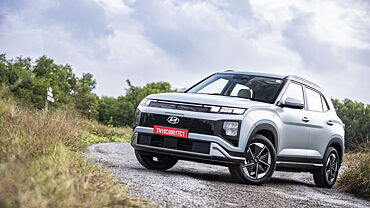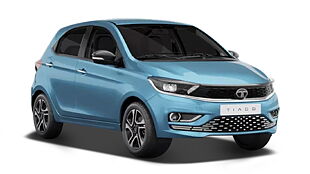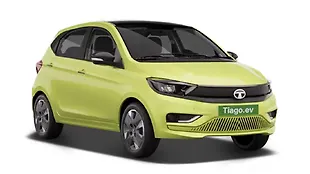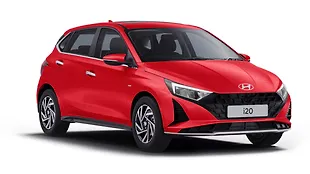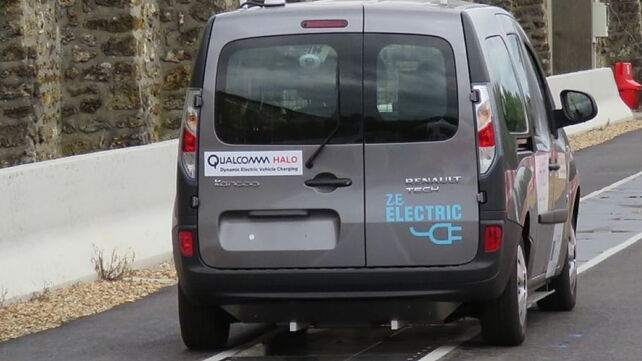
While wireless charging is synonymous with smartphones, experts suggest that this technology could be elemental to how the EV industry eventually picks up. This is primarily because charging-on-the-go is the need of the hour since it can avoid long stops along your journey. Let’s take a closer look at what’s happening this field.
Qualcomm, a leading player in the wireless telecommunication products and services, has showcased their tech earlier this month which allows for wireless charging while driving. Their latest Halo wireless-charging system can provide up to 20 kW, which is apparently enough juice to charge an efficient compact or mid-size vehicle at low speeds, and also maintain the vehicle’s charge at speeds of 120kmph. Technically speaking, the dynamic system uses the magnetic field from an energized primary coil that’s laid on the road to produce electrical current in a secondary coil inside the vehicle’s charging pad. Two 10-kW pads under the vehicle give it some flexibility in-terms of positioning for the charging to occur. The system can work up to a maximum gap of 17.7 inches which means that the road charging pad can be placed beneath the road surface, while still being effective for charging regular high-riding SUVs.
In a bid to be efficient, engineers add that the road charging pad is triggered within three milliseconds of an equipped vehicle driving over it. Qualcomm believes that their system can be easily installed in the middle of the road or in mass-produced concrete blocks, which could in-turn be wired to a power grid in the vicinity. The usage can be monitored and billed through a viable scheme that links future connected vehicles. Though Qualcomm isn’t keen to build and supply this technology, it plans to license the technology to as many suppliers as possible. As much as it sounds like a scene from a Sci-Fi movie, concepts like these could inevitably be used to power the electric vehicle of the future. Stay tuned.
Global auto industry anticipates EVs to soon cost less than ICEs

